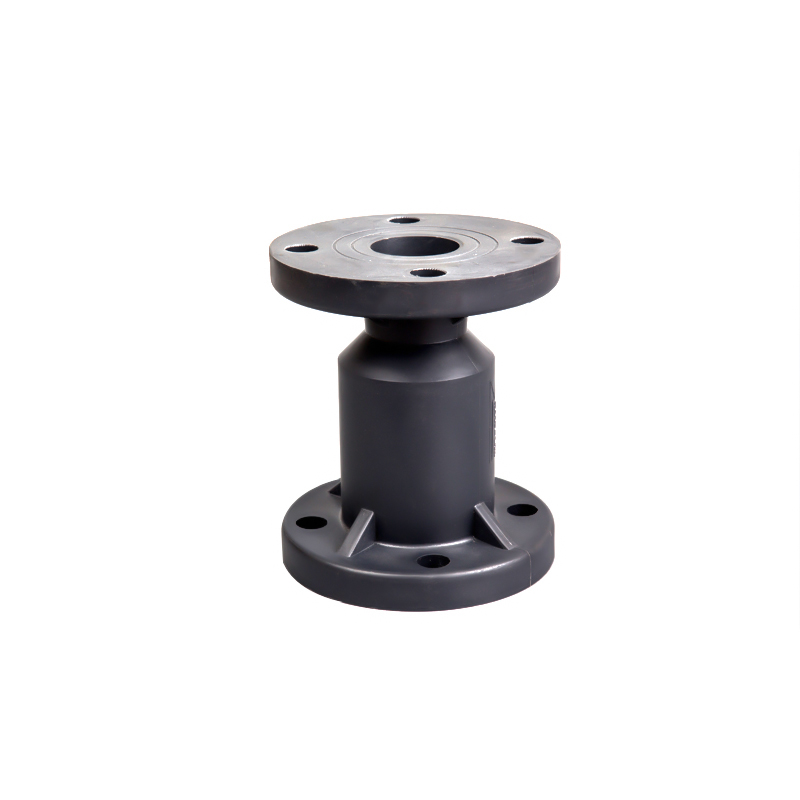Summary:Check valves play a crucial role in fluid systems, ensuring efficient and reliable flow control while preventing backflo...
Check valves play a crucial role in fluid systems, ensuring efficient and reliable flow control while preventing backflow. These mechanical devices are widely used in various industries, including plumbing, oil and gas, water treatment, and manufacturing.
Maintaining Flow Direction:
Check valves are designed to allow fluid flow in one direction while blocking the reverse flow. This essential function ensures that fluids move efficiently through the system, maintaining the desired flow direction. By preventing backflow, check valves help to maintain pressure levels, prevent pump damage, and ensure the proper operation of downstream equipment.
Preventing Backflow and Contamination:
One of the primary purposes of check valves is to prevent backflow, which occurs when fluids flow in the opposite direction of the intended flow. Backflow can lead to contamination, system inefficiencies, and even damage to equipment. Check valves act as mechanical barriers, automatically closing when there is a reversal in fluid flow, preventing backflow, and keeping the system protected from potential contamination and damage.
Protection of Equipment and Components:
Check valves act as vital safeguards for equipment and components within fluid systems. By preventing backflow, they protect pumps, compressors, filters, and other downstream equipment from potential damage caused by reverse flow. This protection helps to extend the lifespan of equipment, reduce maintenance costs, and improve overall system reliability.
Different Types and Applications:
Check valves come in various types, including swing check valves, ball check valves, and lift check valves, each suitable for specific applications and flow conditions. Swing check valves use a hinged disc to allow forward flow and prevent reverse flow, while ball check valves utilize a ball that is pushed open by fluid flow and closes when the flow stops. Lift check valves utilize a piston or disc that lifts away from the seat when the fluid flows in the correct direction and closes when the flow reverses. These valves find applications in plumbing systems, wastewater treatment plants, HVAC systems, oil and gas pipelines, and many other industries.

Features
In the full-spherical ball design, the valve is not easy to block when the medium contains particles.
PTFE ball is available, which brings excellent sealing and high corrosion resistance.
The unique structural design makes the flow resistance of the valve smaller.
When the valve is installed, the medium flow directions should refer to the big black arrow.

